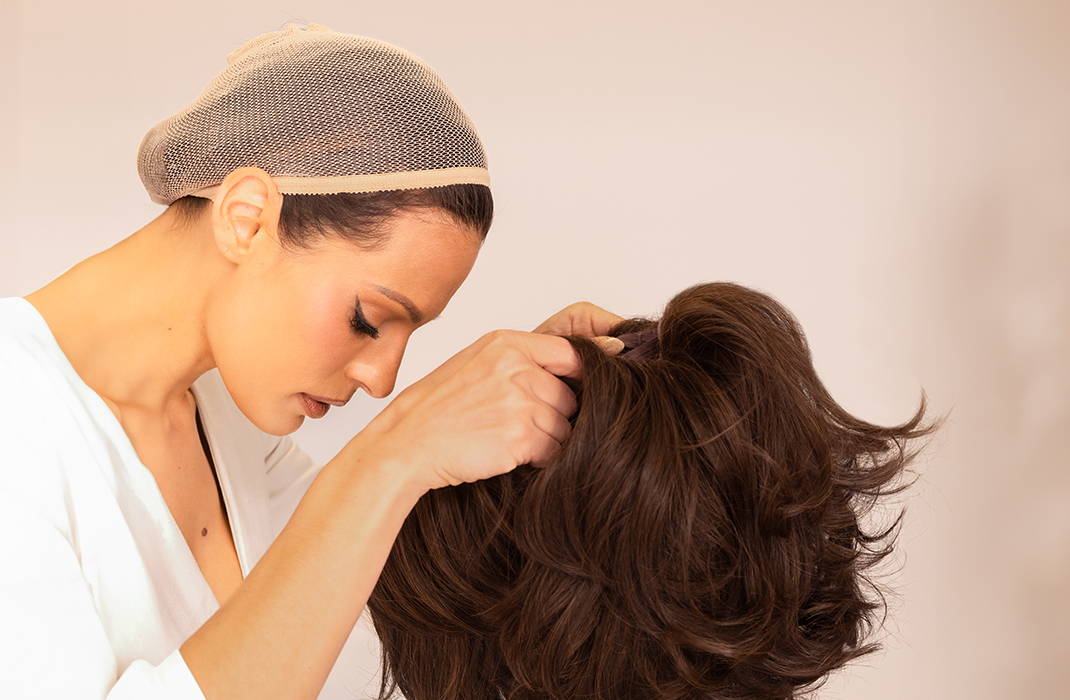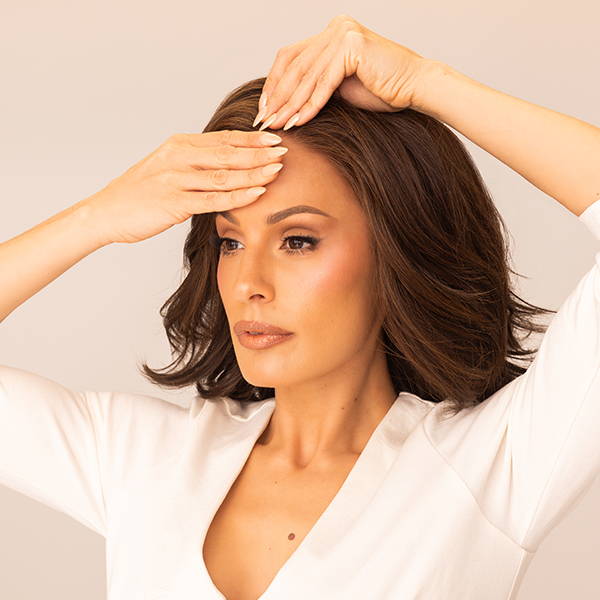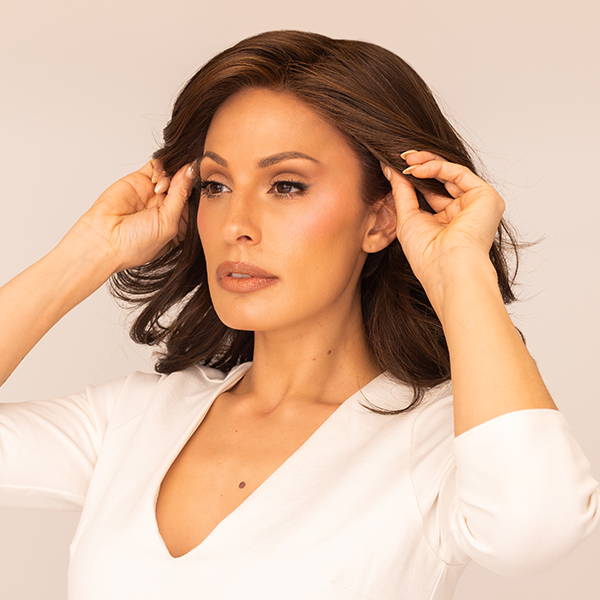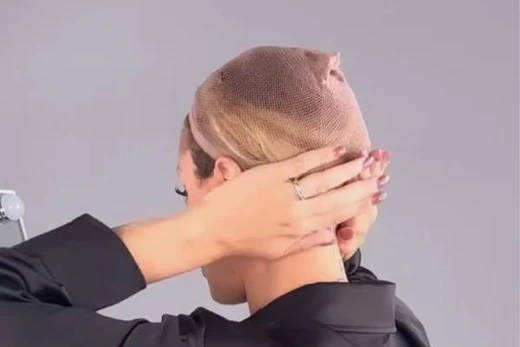Why Isn’t My Wig Fitting Right?
March 14th, 2024
Wig Talk
Reasons Why Your Wig Isn’t Fitting Right
#1: You Might Have the Wrong Size
Reasons Why Your Wig Isn’t Fitting Right
#2: Your Hair May Need to be Wrapped Differently
You should braid your hair into at least two different sections. If your hair is thick, you may want to use four braids. Make sure the braids are not too tight. Tight braids may pull on your hairline and damage your hair.
After you’re done braiding your hair, wrap the braids around your head and space them out. You don’t want them all in one place. If you use one braid, wrap it into a swirl shape in the back of your head.
Next, take some bobby pins and use them to keep the braids down. If you have thick hair, you may have to use a handful of these to help flatten and secure the braids.
Lastly, put on a wig cap or liner to help tuck up your hair. This will also help keep your hair flat and in place, so you can keep your wig on.
Reasons Why Your Wig Isn’t Fitting Right
#3: It’s in the Wrong Spot
Reasons Why Your Wig Isn’t Fitting Right
#4: It Has the Wrong Adjustments
Featured Here: Flip the Script by Raquel Welch in shade RL4/6 Black Coffee








